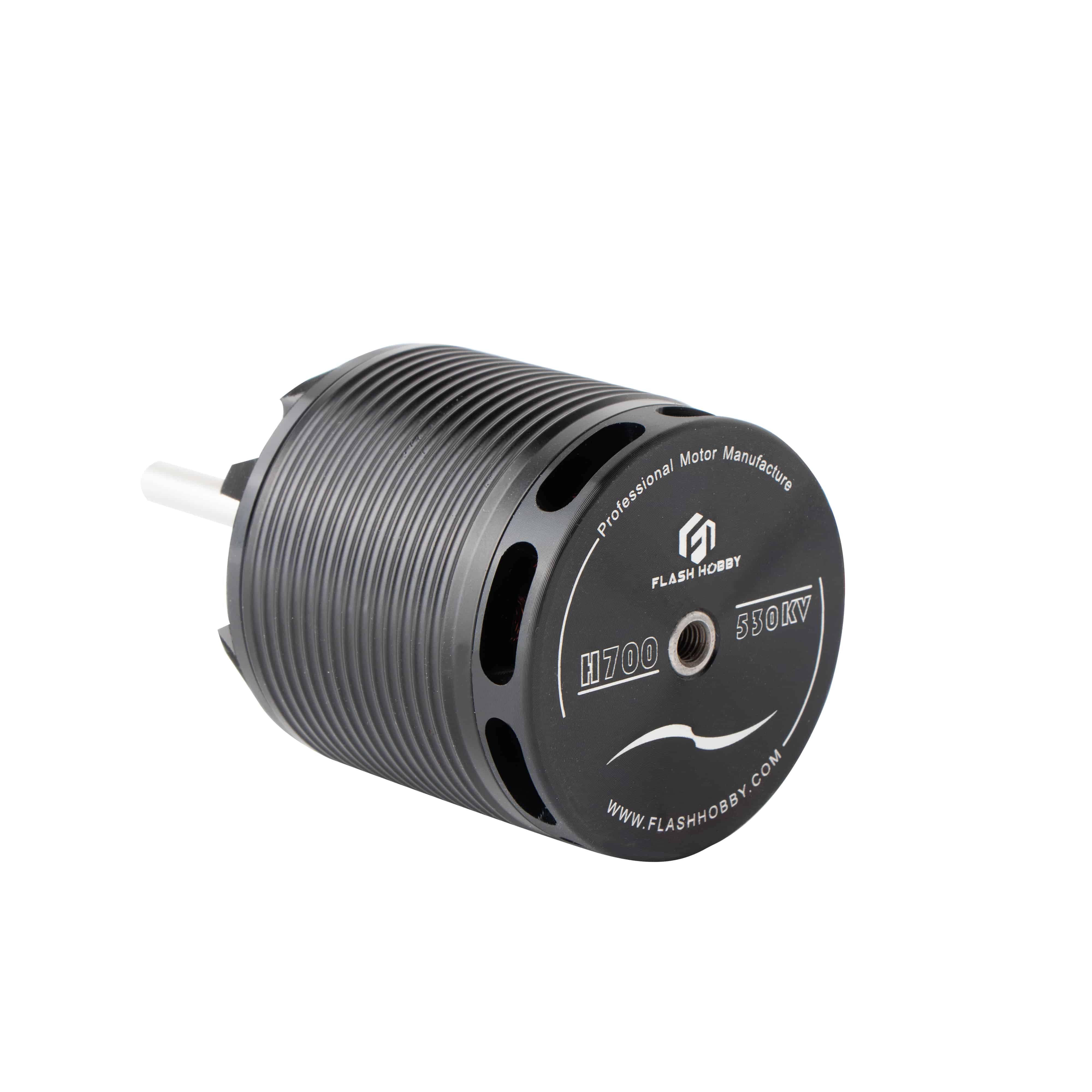Key aspects of helicopter motors
2023-12-02
Helicopter motors, also known as helicopter engines, are specialized propulsion systems designed for rotary-wing aircraft, commonly known as helicopters. Unlike fixed-wing aircraft, helicopters use rotor systems for lift and control. The motors used in helicopters are typically internal combustion engines, and they come in various types based on the specific design and application of the helicopter. Here are some key aspects of helicopter motors:
1. Internal Combustion Engines: Helicopters commonly use internal combustion engines that can run on various fuels, including gasoline, jet fuel, or diesel. These engines are responsible for driving the main rotor and, in some cases, the tail rotor.
2. Turbine Engines: Many modern helicopters, especially larger ones and those used for commercial or military purposes, are equipped with gas turbine engines (turboshaft engines). Turbine engines offer high power-to-weight ratios, making them well-suited for helicopter applications.
3. Piston Engines: Some smaller helicopters, especially in the light and ultralight categories, may be equipped with piston engines. These engines are simpler and more common in smaller, less complex helicopters.
4. Turboshaft vs. Piston Engines: Turboshaft engines are more prevalent in larger helicopters due to their high power output and reliability. Piston engines are often found in smaller, less powerful helicopters, such as training helicopters and light utility helicopters.
5. Power-to-Weight Ratio: The power-to-weight ratio of a helicopter motor is crucial for achieving the necessary lift and maneuverability. Higher power-to-weight ratios allow helicopters to carry more payload and perform more dynamic maneuvers.
6. Reduction Gearbox: Helicopter engines are often connected to a reduction gearbox to optimize the rotational speed of the rotor. This is important because the engine typically operates at much higher RPM than the ideal speed for the rotor.
7. Reliability and Safety: Helicopter engines must be highly reliable and meet stringent safety standards. The reliability of the engine is critical for the safe operation of the helicopter, especially during takeoff, landing, and in emergency situations.
8. Maintenance Requirements: Helicopter engines require regular maintenance to ensure their continued reliability and performance. Maintenance schedules are typically determined by factors such as flight hours and operating conditions.
Popular helicopter engine manufacturers include Rolls-Royce, Pratt & Whitney, and Turbomeca, among others. The choice of engine depends on factors such as the size and purpose of the helicopter, its intended use (civilian or military), and the desired performance characteristics.



